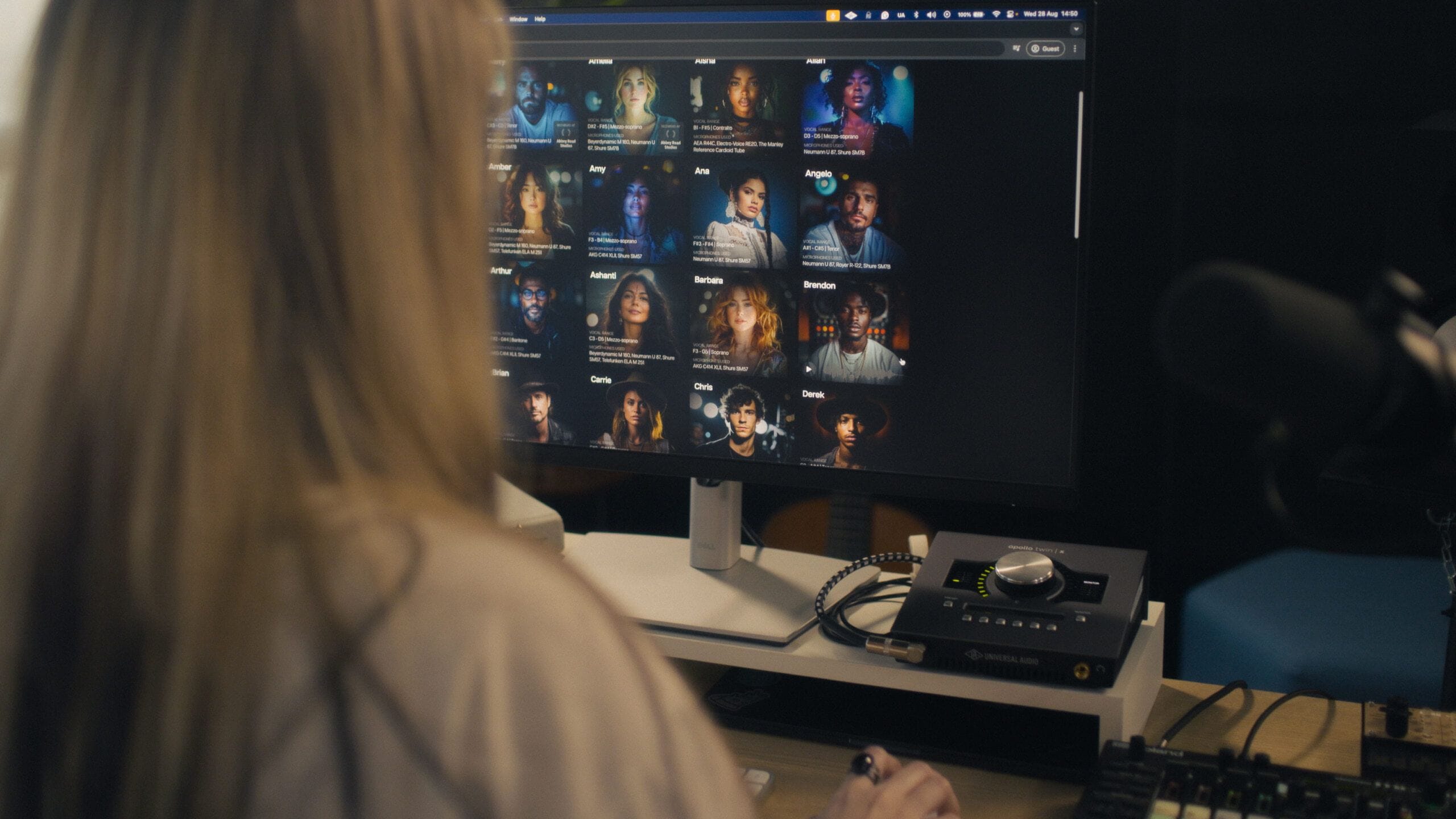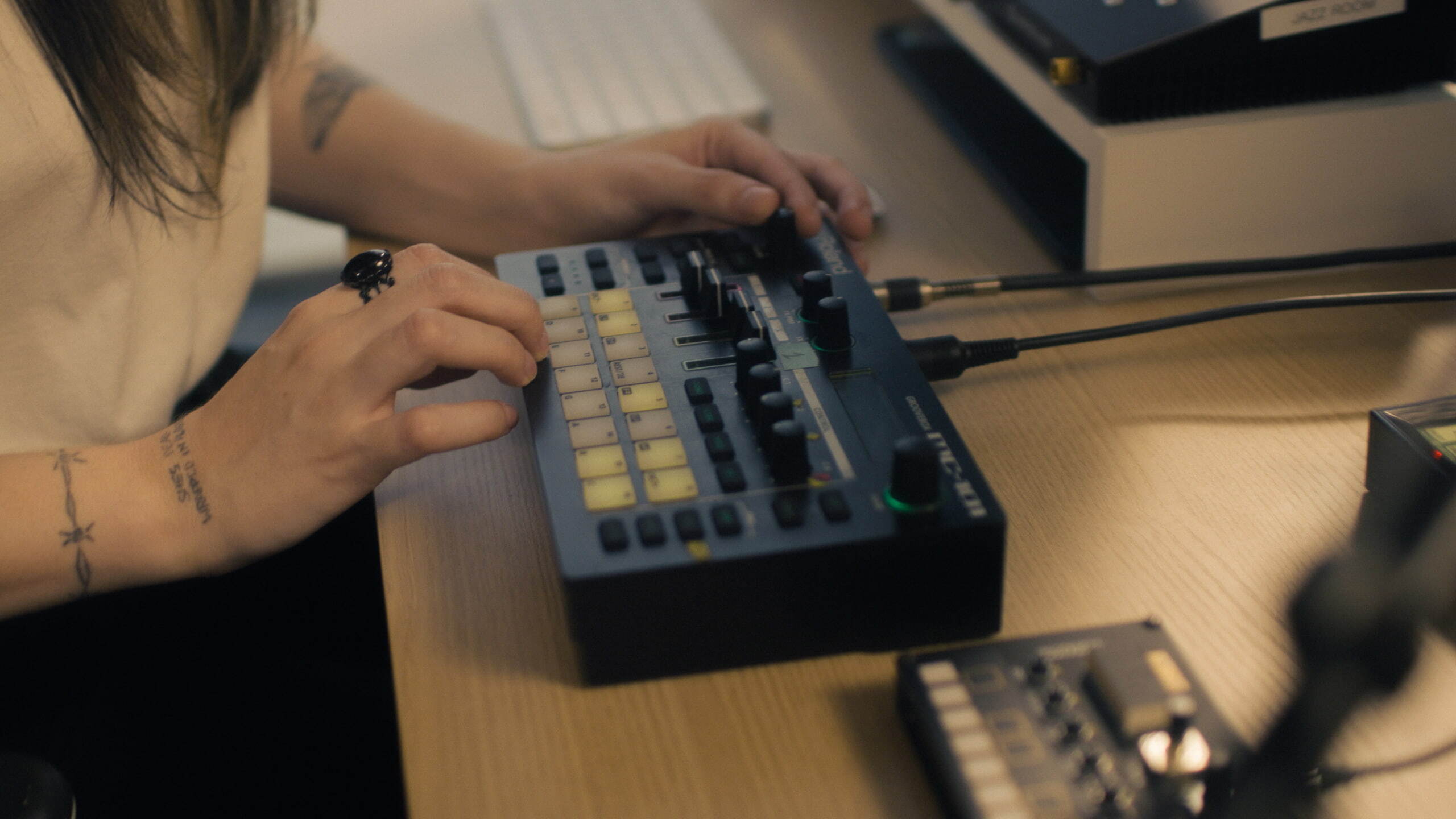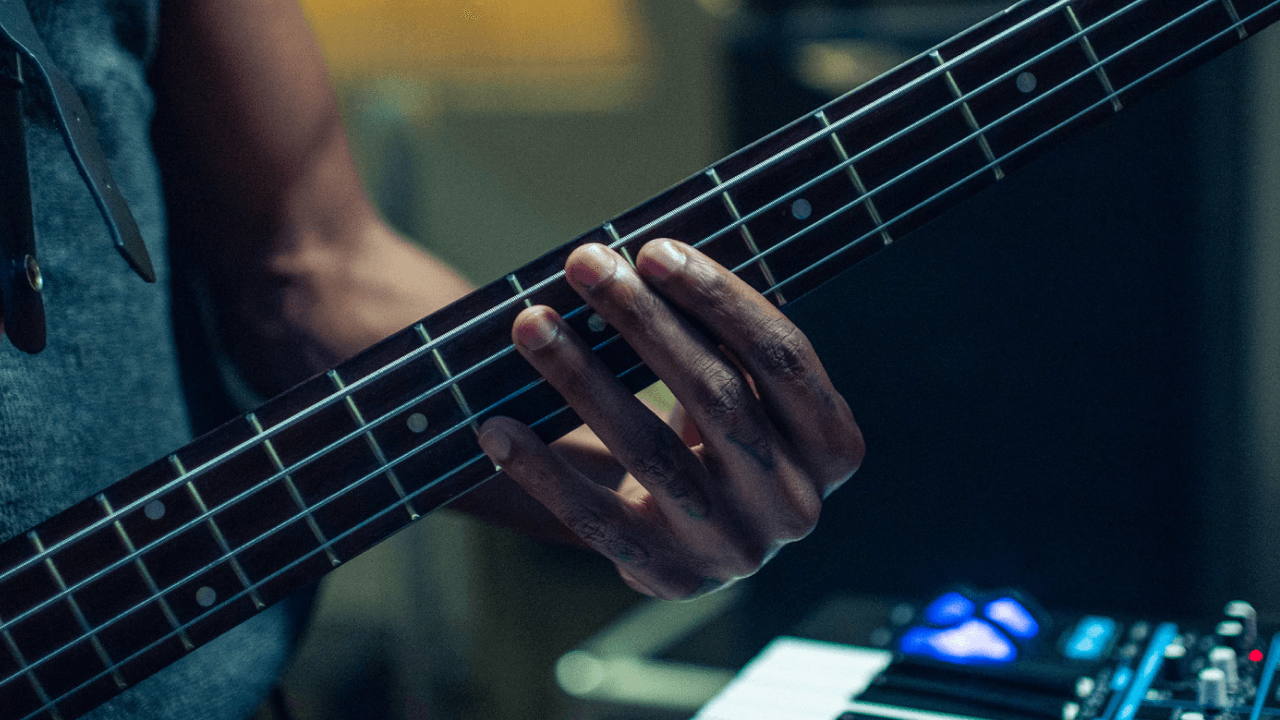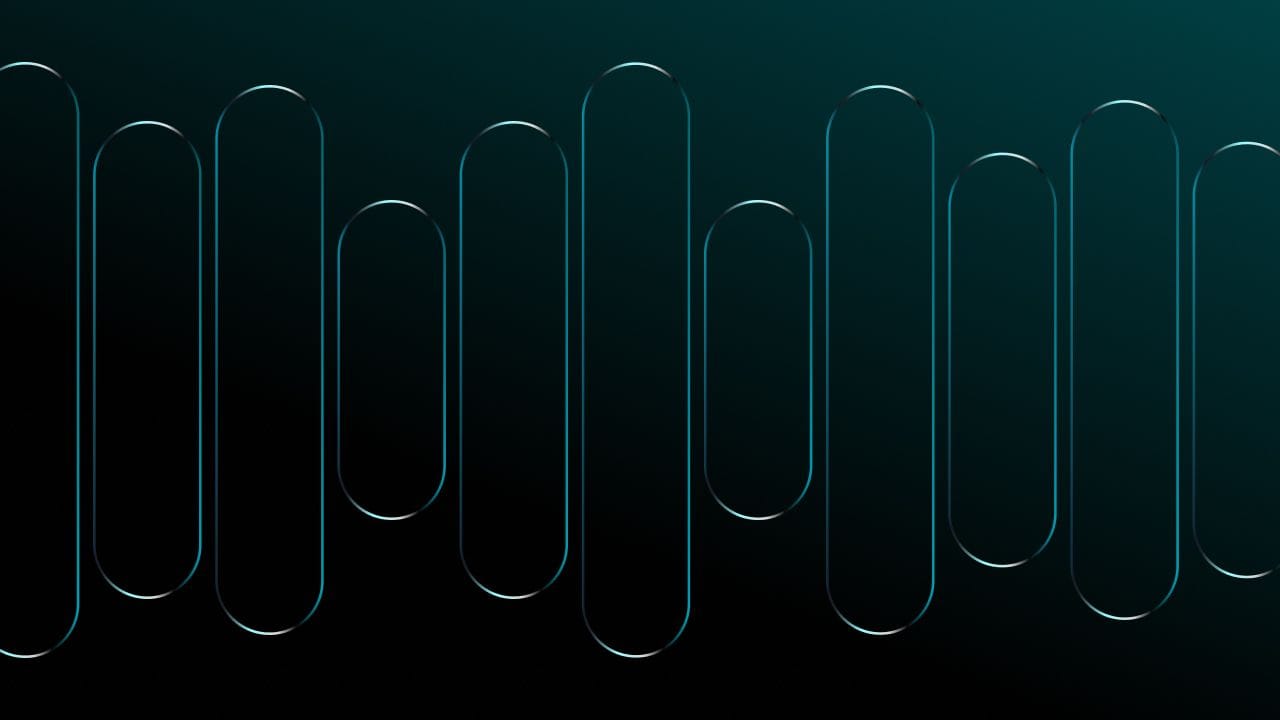Starting your music production journey may seem daunting, but with the right guidance and some persistence, you’ll be crafting your own tunes in no time.
The music production tips in this article will equip you with the essential knowledge and tools to get started. You’ll gain insights into the multifaceted role of a music producer and learn to harness the power of Digital Audio Workstations (DAWs).
Read on to learn the basics!
Understanding the core concepts of music production
At its heart, music production is about turning musical ideas into finished recordings. This process mixes creativity with technical skills and a good knowledge of music theory. Whether you’re producing electronic music, hip-hop, or any other genre, the basic rules of music production stay the same.
If basic music theory concepts aren’t already familiar to you, that’s a good place to start. So make sure you study scales, chords, rhythm, and so on. Additionally, listening to different genres and studying their sounds will help you understand music better.
The role of a music producer
In the music industry, a music producer does many things. They are the creative leader who helps shape a song or an album. A producer manages everything, from songwriting and arranging to choosing sounds and mixing. For a new producer, it’s important to understand these tasks well.
Social media plays a vital role for music producers today. Sites like SoundCloud, Bandcamp, Instagram, and YouTube let you show your work, meet other music people, and grow a fan base.
Besides the technical side, a music producer also acts as a mentor for artists. They give constructive criticism, help improve musical ideas, and make sure the final product matches the artist’s vision.
Essential tools and software for beginners
Digital Audio Workstations are crucial in modern music production. These are software programs that let you record, arrange, edit, and mix audio. Many beginners can choose from affordable or even free DAWs, even if professional studios often use high-end ones.
Plugins are software add-ons that make DAWs more useful. They can include virtual instruments, effects, and tools for mixing and mastering.
A powerful desktop computer is usually the best choice for music production. However, a laptop with good processing power and enough RAM can also work well, especially for beginners.
Moises Pro: The best deal for producers of any skill level
As you know, having access to the right tools can significantly elevate your creative output, regardless of your experience level. This is where Moises Pro emerges as an indispensable asset for both budding and seasoned producers.
The Pro plan is Moises’ highest subscription tier, engineered to amplify your production capabilities beyond conventional boundaries.
At the core of Moises Pro is the Hi-Fi Stem Separation feature, offering pristine track separation with minimal artifacts. This is crucial for producers aiming to dissect and manipulate individual elements within a mix, providing a cleaner, more polished sound.
Moises Pro has many other benefits, including:
- Workflow optimization: The Pro features are designed to seamlessly integrate with your creative process. For instance, the Stems VST Plugin lets you use Moises’ famous AI Audio Separation directly within your DAW, ensuring a fluid transition from inspiration to execution;
- Extended audio processing capability: You can handle audio files up to 180 minutes long, which provides ample space for even the most ambitious projects;
- Robust cloud storage solutions: Moises encrypts your work and offers easy access from anywhere. This not only secures your creations but facilitates effortless sharing and collaboration;
- Voice Studio: For producers keen on exploring vocal textures and nuances, this feature stands out. Equipped with a vast library of high-quality voice models, it empowers producers to experiment with and incorporate authentic vocal tracks into their workflow, pushing the boundaries of creativity.
Setting up your home studio
Creating a special space for music production doesn't need to be costly. With some planning and the right approach, you can turn any room into a great home studio. Focus on having good sound quality, enough light, and a comfy chair. No matter if your space is big or small, the important thing is to adjust the area to fit your needs.
Choosing the right equipment
Headphones are a must-have for music producers, especially at home. They help block outside noise so you can really focus on your mixes. Look for headphones that have a good frequency response and fit comfortably.
A MIDI keyboard lets you easily create melodies, bass lines, and harmonies in your DAW. It connects your musical ideas to the digital world and allows you to input notes and control virtual instruments.
An audio interface connects your instruments and microphones to your computer. It changes audio signals from analog to digital and back, which helps you get high-quality recordings and playback.
Learning acoustic treatment basics
Acoustic treatment is critical for getting clear sound in your home studio. Rooms without treatment often have problems like unwanted echoes and uneven sound that can affect your mixing choices. The good news is that you don't need to spend a lot to improve your space.
Start by focusing on the “first reflection points.” These are spots on your walls and ceiling where sound bounces off first. By placing acoustic panels in the right areas, you can cut down on flutter echo and make the sound clearer.
Bass traps, as the name says, are made to soak up low sounds. These lower frequencies usually gather in the corner of rooms. Adding bass traps to your studio will help you get tighter and better-controlled bass levels.
Introduction to music theory and composition
Don't let music theory intimidate you—it’s not as complex as it may seem at first glance. Think of it as the language we use to communicate about music, helping us decode the intricate relationships between melodies, harmonies, and rhythms. Grasping even basic music theory concepts can significantly enhance your songwriting and production abilities.
Begin your journey by exploring scales and keys, the fundamental building blocks of Western music. As you delve deeper into chord progressions and their emotional impact, you’ll unlock a treasure trove of creative possibilities for your compositions. While it’s essential to understand these basics, don't be afraid to experiment and push boundaries. Remember, knowing the rules gives you the freedom to bend them artfully, leading to more informed and innovative musical choices.
Musical scales and modes
Scales form the backbone of music theory, organizing notes into structured patterns. The major scale, with its seven notes, reigns supreme in Western music. Each note in a scale corresponds to a chord, and understanding their interplay is key to effective songwriting.
Musical modes offer variations on scales and carry their own distinct flavor. For instance, the natural minor scale, often used to evoke melancholy or introspection, is derived from the major scale.
Mastering the relationships between scales and modes empowers you to craft melodies and chord progressions that resonate with specific emotions, setting the perfect mood for your compositions.
Fundamentals of rhythm, melody, and harmony
Rhythm is the heartbeat of music. It sets the timing and groove through the arrangement of sounds and silences. From steady kick drum beats to intricate hi-hat patterns, rhythm shapes the feel of your productions.
Melody, a series of notes creating a catchy tune, is crucial for engaging listeners. Experiment with different melodies using various instruments or software to find your unique creative style.
Harmony occurs when multiple notes are played simultaneously to form chords. Understanding how chords create tension and release is essential for effective songwriting and arrangement.

Launching your music production journey
Here’s where we get to the more practical tips for beginner producers. We understand that starting out can feel overwhelming, but don't worry—we've got you covered.
Think of it as building blocks: each skill you acquire will contribute to your growth as a producer. Embrace the learning process, experiment fearlessly, and don't be afraid to make mistakes. After all, some of the most innovative sounds in music history were born from happy accidents.
Your DAW is, essentially, your virtual studio. Choose one that aligns with your budget, skill level, and musical aspirations. The internet is a treasure trove of resources to help you make an informed decision, from detailed YouTube tutorials to comprehensive comparison articles.
A reliable internet connection is your gateway to a world of music production knowledge. It provides access to invaluable learning materials, vibrant online communities, and collaborative opportunities. Whether you’re exploring tutorials, engaging in forums, or discovering new sample packs and plugins, the internet is an indispensable tool for aspiring producers.
Don't underestimate the power of tutorials in your learning journey. Platforms like YouTube offer a wealth of free, high-quality content on music production. These resources can help you acquire new skills, expand your knowledge, and stay updated with the latest trends and techniques in the industry.
Step 1: Setting up your workspace
Create a dedicated workspace for music production in a quiet area to minimize distractions. Ensure your setup is ergonomic, with comfortable seating and optimal equipment placement to enhance productivity during extended sessions.
Streamline your workflow by arranging your gear and software for easy access, and experiment with different monitor configurations to find the most effective setup for your needs.
Consider using DAW templates with pre-configured tracks, instruments, and effects to jumpstart your creative process. This should allow you to dive straight into music-making without having to spend too much time setting things up.
Step 2: Learning your DAW
Mastering your DAW will make the music production process flow much more smoothly. Dive into key features like MIDI editing, plugins, and mixing tools to enhance your craft. Explore online tutorials and experiment with various plugins to expand your technical arsenal.
A deep understanding of your DAW not only streamlines your workflow but empowers you to turn your musical vision into reality.
Step 3: Recording your first track
Begin with a simple beat or melody to familiarize yourself with your DAW’s recording and editing tools. Don't strive for perfection initially; focus on understanding the process.
Once you have a basic track, explore editing features like cutting, copying, and pasting. Experiment with timing adjustments and pitch changes to refine your composition. Utilize fading and crossfading for smooth transitions between audio segments.
Enhance your production by layering sounds, applying effects, and using panning techniques to create depth and a wider stereo image, adding dimension to your track. Remember, these early experiments are crucial for developing your skills and unique sound.
Step 4: Applying basic mixing techniques
Mixing is the skill of combining different tracks into one. It’s all about balancing their levels and adding effects to make the sound smooth and polished. Mixing should be clear, separate, and balanced.
EQ, or equalization, shapes your mix by adjusting specific frequencies. Boost or cut to enhance clarity, for example, lowering bass on vocals to reduce muddiness, or brightening cymbals by boosting highs. This powerful tool helps each element find its place in the mix, creating a polished, professional sound.
Compression, another vital mixing tool, evens out audio dynamics by reducing the gap between loud and soft parts. This creates a more balanced, polished sound while maintaining the track’s energy and impact.
Here’s a typical mixing process:
- Volume levels: Set the faders for each track to achieve a balanced mix;
- Panning: Use the pan knob to place sounds in the stereo field. This creates a wider and richer sound;
- EQ: Apply EQ to shape each track’s sound, fix any issues, and improve clarity;
- Compression: Use compression to manage loudness and make instruments and vocals sound stronger;
- Effects: Try effects like reverb and delay to give your mix space and depth.
Step 5: Mastering the song
Mastering is the final polish in music production. It optimizes your track for various platforms and playback systems, from earbuds to club speakers. This crucial step fine-tunes loudness and balance, ensuring your music sounds its best in every environment.
Expert mastering engineers employ sophisticated tools to enhance the stereo image, balance frequencies, and maximize loudness without distortion. Their skill transforms good mixes into radio-ready hits. However, music production beginners can also master tracks—and the easiest way to do this is through AI-driven mastering tools.
AI Mastering with Moises
Moises’ AI Mastering feature offers significant benefits to beginner music producers by simplifying the mastering process with its AI-driven tools, making professional-quality sound accessible without the need for deep technical knowledge or resources.
Here are some highlights:
- Three mastering modes: You can choose between Auto, Reference, and Advanced Modes. Auto Mode lets beginners achieve a balanced and polished result without the need to understand the intricacies of mastering. Meanwhile, the Advanced and Reference Modes allow those with a bit more experience, or looking to learn, the chance to experiment with more detailed aspects of mastering. This can be a great way to gradually increase your knowledge and control of the mastering process.
- Cost-effectiveness: Moises offers an affordable solution for mastering tracks, which is particularly beneficial for beginners who might not have the budget to hire professional mastering services or purchase expensive equipment and software.
- Time-saving: The quick turnaround time of AI mastering means beginners can focus more on creating music rather than getting bogged down by the technicalities of mastering.
Music production tips for effective sound design
Sound design is the art of crafting unique sonic elements that define your musical signature. From classic analog synthesizers to cutting-edge digital manipulation techniques, the possibilities are endless.
This section explores essential tips and music production techniques for effective sound design, covering synthesizers, samplers, and methods to create distinctive sounds.
Exploring synthesizers and samplers
Synthesizers are the cornerstone of electronic music production, offering a vast palette of sonic possibilities. From deep, resonant bass lines to soaring leads and evolving textures, synths empower producers to craft unique soundscapes. Whether you prefer the warmth of analog or the precision of digital, synths provide endless creative potential.
Samplers, on the other hand, allow you to capture and manipulate real-world sounds, transforming them into musical elements. This versatile tool opens up new avenues for creativity, enabling you to incorporate everything from existing music to everyday noises, aka field recordings, into your productions.
To expand your repertoire, experiment with various synthesis techniques and sampling methods. Don't shy away from combining sounds from different sources, as this fusion often leads to innovative and exciting results that will set your music apart.
Crafting unique sounds for your productions
One of the most exciting parts of sound design is making unique sounds that shape your music. Experiment with effects, layering, and modulation to create distinctive textures that captivate listeners. Don't be afraid to venture beyond presets—tweak parameters and push your tools to their limits to uncover unexpected sonic gems.
Keep in mind that sound design takes time, and the best results are often yielded in unexpected ways. Document your experiments and save your custom sounds to build a signature palette that reflects your unique musical style. With patience and creativity, you’ll develop a fingerprint that sets your productions apart.
Final thoughts
We hope that these music production tips will truly boost your journey to getting started and becoming a better music producer. By mastering the basics, leveraging tools like Moises Pro, and refining your skills through constant practice, you’ll see your workflow and creative output evolve.
As you gain more experience, the processes that once felt complex will become second nature, allowing you to focus more on creativity and innovation. Remember: every producer’s journey is unique, and every chart-topping producer started somewhere. Embrace the challenges, and keep pushing your boundaries.







